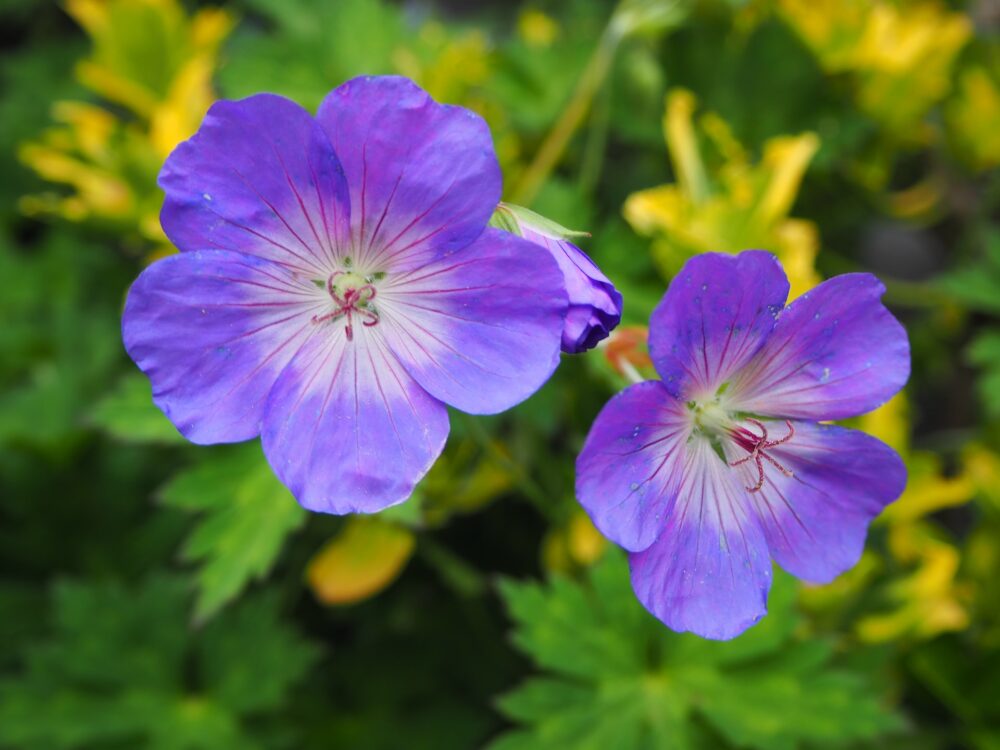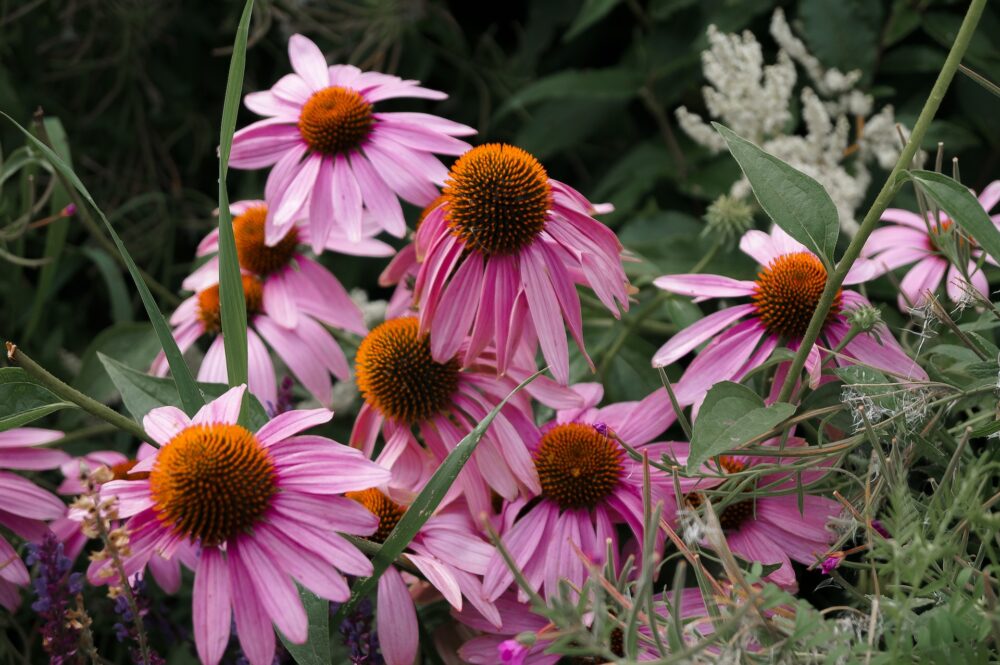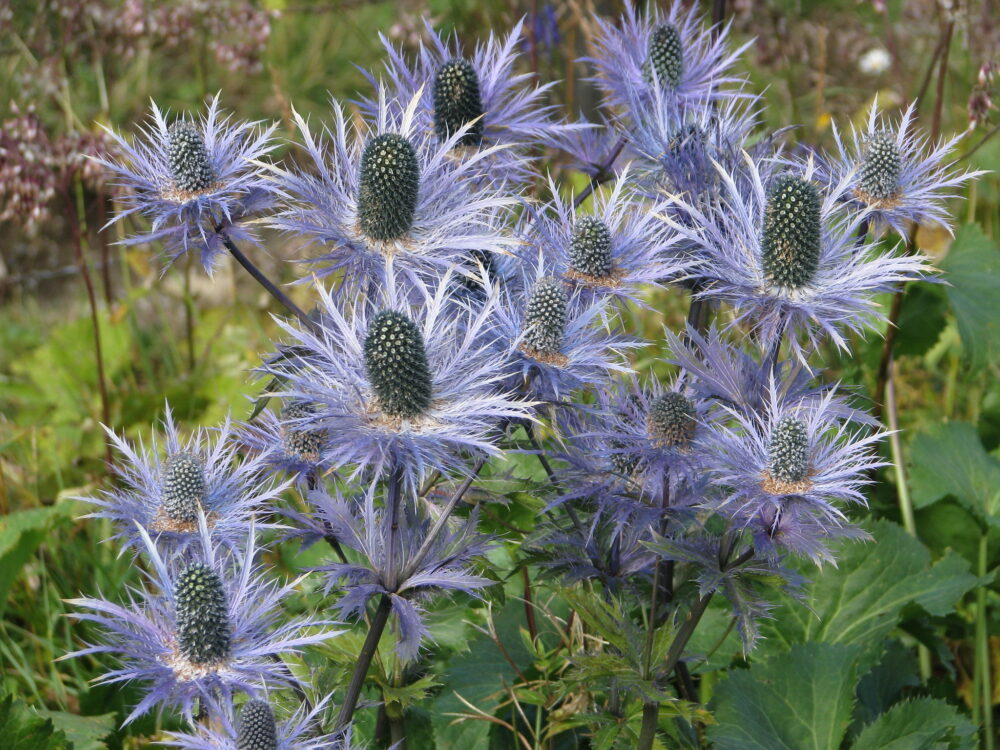How to Look After Your Herbaceous Perennials
Caring for your herbaceous perennials is a rewarding part of gardening, as you get up close to your plants and watch them grow and change throughout the year. Here's a useful guide to help you with what to do when.

Perennial flowers return year after year, adding the vibrant splashes of colour we all look for in any planting scheme. As long as they are planted correctly, perennials usually require very little maintenance. However, there are a few tasks that need completing through the year to keep your plants healthy and looking at their very best.
Planting
Perennial flowers are best planted in either the spring or autumn when temperatures are cooler. This gives them time to put roots down before flowering. They need minimal upkeep, but they will need watering and fertilizing to maintain healthy plants.
It is also key to plant your perennials in the right place according to their species, to give them the right environment to thrive. Some perennials thrive in hot, dry conditions such as a south or west facing border whereas others prefer a shaded position such as a north facing border or under shrubs and trees. It is important to know the specific conditions within your garden before choosing the perennials you would like to plant.


Watering, Fertilising and Mulching
Once your perennials are planted it is important to keep up with a watering regime, particularly in the first season of growing and prolonged dry spells. Avoid getting water on the foliage to help prevent disease. Most perennials do not need heavy fertilization and a single application in spring, after the soil has warmed, is usually sufficient. Mulching around plants helps keep weeds to a minimum and retains moisture, reducing the need for watering.
Plant Supports and Deadheading
Some species, such as peonies and delphiniums, may need support to stop flowerheads from drooping. Put supports such as stakes or hoops close to the plant in spring, before plants have put on too much growth.
Many perennials repeat flower if regularly deadheaded, these include Rudbeckias, Salvias Coreopsis and Phlox. Remove spent flowers to prevent plants from using their energy on seed production and to stimulate reblooming.


Dividing Plants
Perennials often come back bigger each year and can spread to fill a space quite quickly. Once they become overcrowded the number of blooms can reduce as the plants compete for nutrients and light. To keep perennials performing well, divide the largest clumps every 3 to 6 years when they are not in bloom. The best time to divide summer-flowering plants is spring or autumn. However, if it’s a particularly wet autumn, or your plants are on the tender side, it’s best to delay until spring. Spring-flowering plants, such as irises, are best divided in summer after flowering (Jun-Aug), when they produce new roots.
Cutting Back
Cutting back your perennials after they’ve finished flowering in autumn, keeps the garden tidy when the plants are dormant over winter. Cutting back also helps the plants produce more flowers the following year, by allowing more light to reach the emerging shoots in spring. However, there are some plants that you may want to leave over winter to provide homes and food for wildlife and to add architectural interest to the garden. Examples of these are Eryngium, Rudbeckia or Verbena – these and other similar plants can be cut back in spring. More tender plants, such as Penstemons, should also be left un-cut over winter, so that the old stems protect the crown from frost. Leave these until late spring when the risk of frost has passed.

Photo Credits
“Eryngium alpinum” by peganum is licensed under CC BY-SA 2.0.